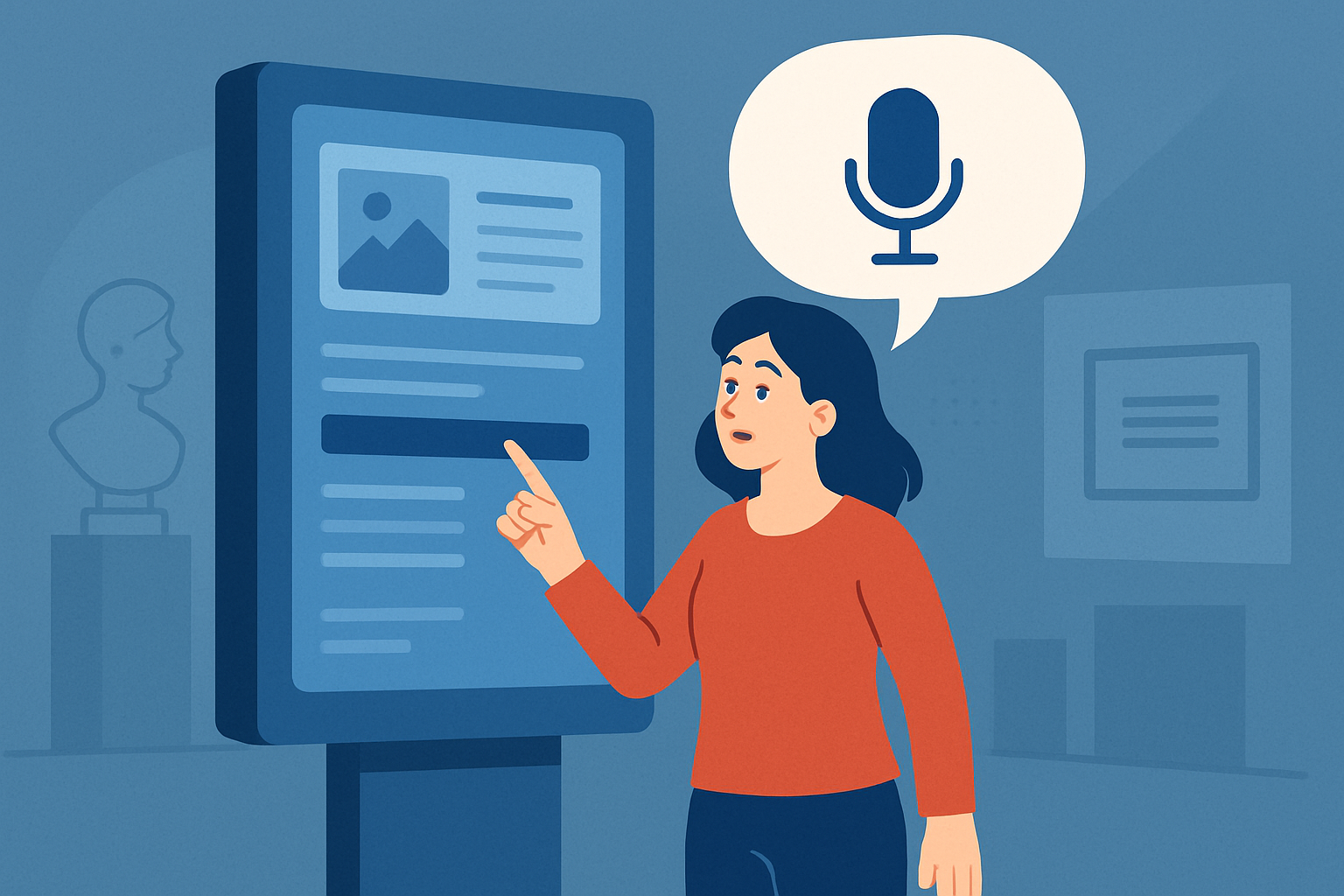
When you visit a museum or use an app, you’re not just a spectator—you’re part of a conversation. Rosales et al. show that the quality of that conversation depends on a few simple things: Are you actually there and paying attention? Do you get to control anything? Do you receive feedback that helps you keep going? Can you adapt what you’re doing, be creative, or even “talk” back to the system? Those ideas—presence, interactivity, control, feedback, creativity, productivity, communication, and adaptation—can be observed and visualized to create a picture of how engaged you are. The goal is to use that picture to serve you better in the moment, not after the fact.
To make this practical, the authors describe six easy-to-grasp “levels” of interaction, ranging from simply being present (Level 0) to full-on back-and-forth interactions where you create, choose, adapt, and receive instant responses (Level 5). Imagine the difference between glancing at a welcome screen and actually steering what happens next. At the high end, you can pick what you see, change the order, give input, and get tailored replies—more like a game than a poster. Thinking in levels helps designers ask: what tiny tweak would move someone up one step—add a button, a hint, a quick “nice job,” or a way to choose the next challenge?
The team tested these ideas in a Mexican science museum called “El Trompo,” watching 500 visitors try a four-screen exhibit where you control a car, plane, bike, or balloon. Their system treated each exhibit and each visitor like “agents” that sense what’s happening and adjust the experience. Think of it as a low-key guide that notices if you’re lost, bored, or excited and then nudges the content—more instructions if you’re stuck, more freedom if you’re cruising. This isn’t sci-fi; it’s built with rules that translate fuzzy, human behavior into clear decisions about what to show you next.
What’s the practical takeaway for your everyday tech life? If you’re building a school project, a club website, or a small app, aim to lift people one level at a time. Offer quick feedback so they know a tap or swipe “worked.” Offer small choices so they feel in control, such as picking the next topic or difficulty level. Let them adapt the path, not just the pace. And if you’re the user, look for tools that “listen”—ones that react when you linger, explore, or ask for more. In the study, a learning approach called a neuro-fuzzy system performed the best in recognizing the level of people, which helped the system respond more accurately. In plain terms, the tech learned to read the room and act accordingly, which made the experience smoother and more enjoyable.
Reference:
Rosales, R., Castañón-Puga, M., Lara-Rosano, F., Flores-Parra, J. M., Evans, R., Osuna-Millan, N., & Gaxiola-Pacheco, C. (2018). Modelling the interaction levels in HCI using an intelligent hybrid system with interactive agents: A case study of an interactive museum exhibition module in Mexico. Applied Sciences (Switzerland), 8(3), 1–21. https://doi.org/10.3390/app8030446
Privacy Notice & Disclaimer:
This blog provides simplified educational science content, created with the assistance of both humans and AI. It may omit technical details, is provided “as is,” and does not collect personal data beyond basic anonymous analytics. For full details, please see our Privacy Notice and Disclaimer. Read About This Blog & Attribution Note for AI-Generated Content to know more about this blog project.